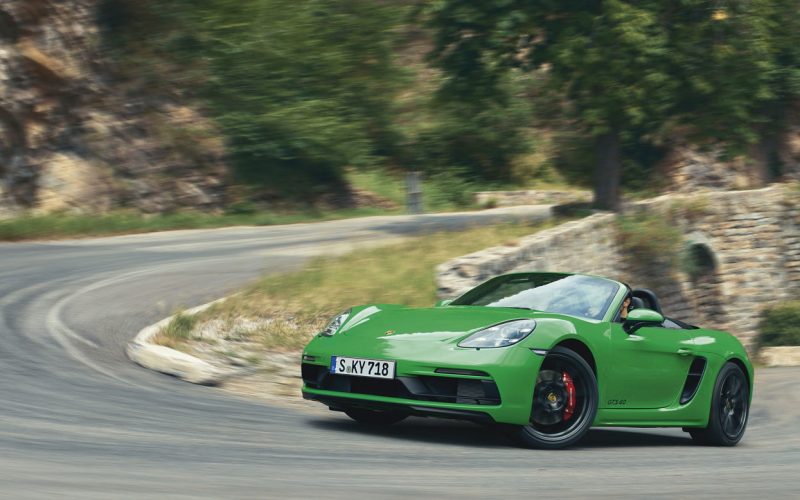
Reading Time: 6 minutesOnly a couple of weeks after Porsche announced Canadian pricing, features and specifications for their new
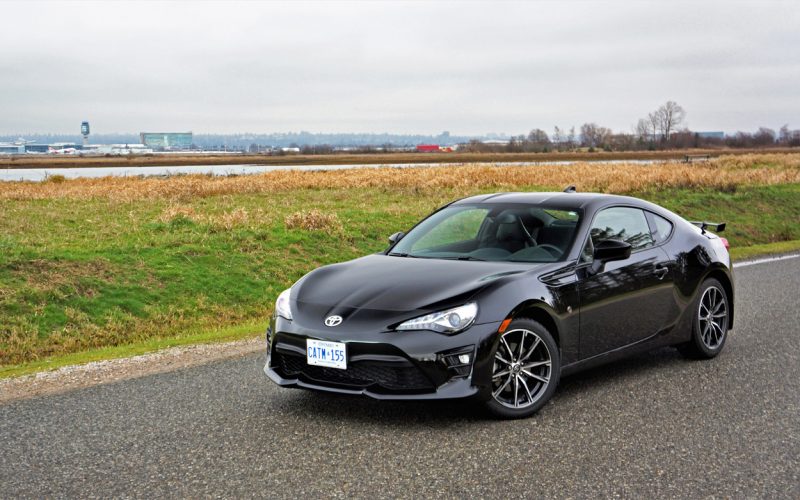
Reading Time: 11 minutesHold on. Subaru’s BRZ now outsells the Scion FR-S… er… the Toyota 86 by 2.5-to-one? What’s
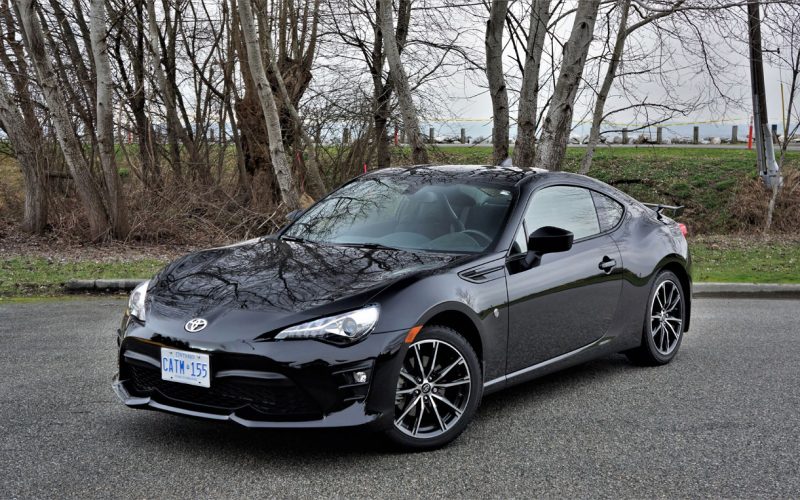
Reading Time: 3 minutesToyota’s 86 hasn’t changed much since being refreshed for 2017 as part of its Scion FR-S
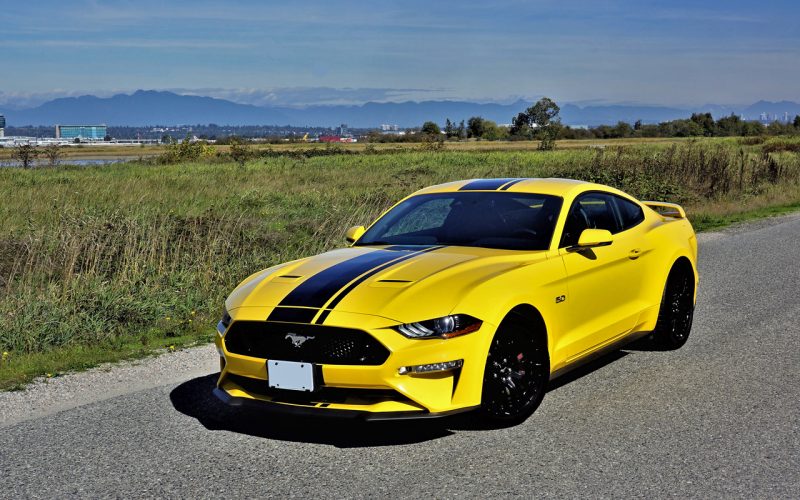
Reading Time: 12 minutesYou’re looking at the only car in Ford’s lineup not scheduled for cancellation within the next
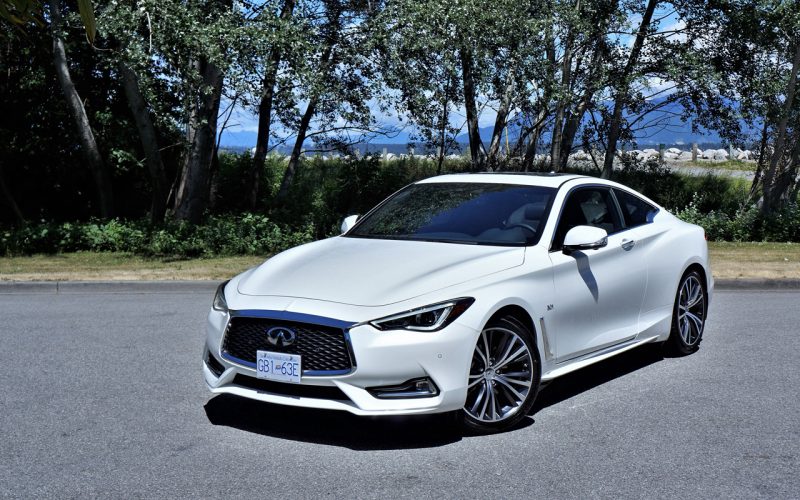
Reading Time: 14 minutesTwilight was causing headlamps and taillights to illuminate as I was driving home the other day,
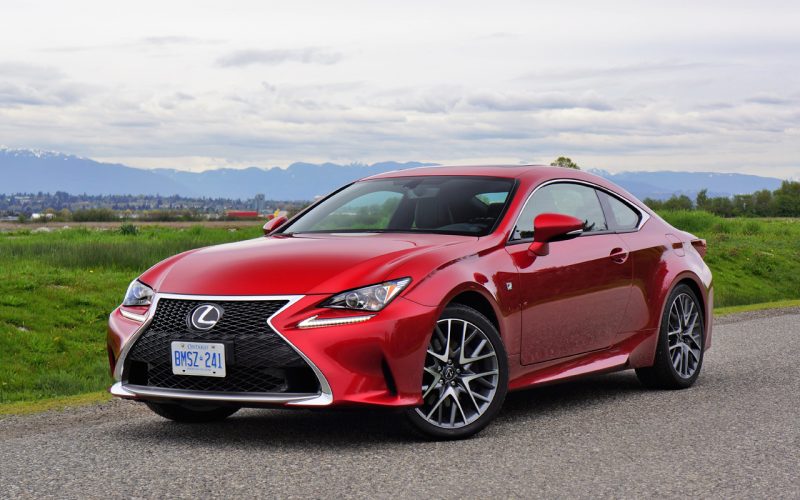
Reading Time: 4 minutesThere’s a reason Lexus is considered a Tier 1 luxury brand along with Mercedes-Benz, BMW and
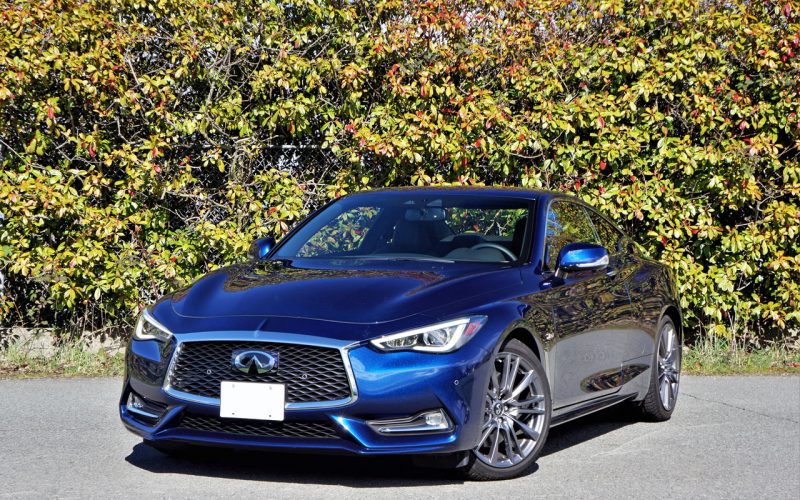
Reading Time: 3 minutesWe drove the 2017 Infiniti Q60 3.0t AWD Coupe last fall, and while a wonderfully quick,
© 2025 The Car Magazine. All Rights Reserved, Privacy Policy | Terms of Use